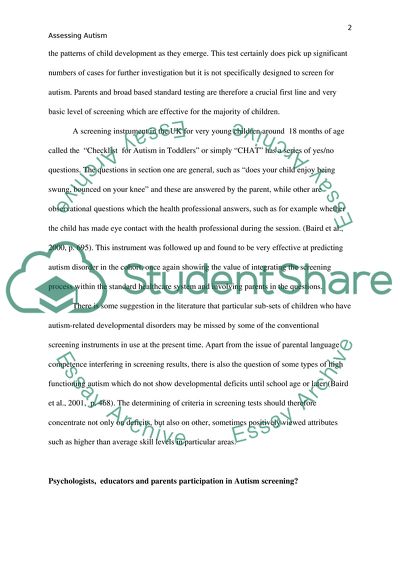Cite this document
(“Assessment Instrument for Assessing Autism Term Paper”, n.d.)
Retrieved from https://studentshare.org/education/1448018-assessment-final-paper
Retrieved from https://studentshare.org/education/1448018-assessment-final-paper
(Assessment Instrument for Assessing Autism Term Paper)
https://studentshare.org/education/1448018-assessment-final-paper.
https://studentshare.org/education/1448018-assessment-final-paper.
“Assessment Instrument for Assessing Autism Term Paper”, n.d. https://studentshare.org/education/1448018-assessment-final-paper.


